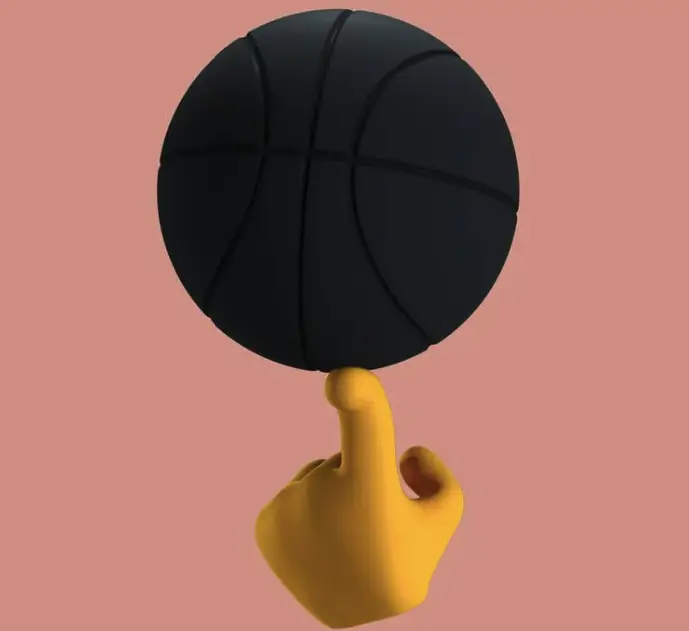The 3D animation process is more sophisticated than any other form of animation, so it can take longer to complete. Depending on the project and software used, the number of steps varies.
Character animation and special effects rely heavily on 3D modeling since it turns a digital object into one that can be animated to the fullest extent. It is therefore recommended that you employ legitimate software such as https://cyber-fox.net/solutions/3d-models-for-vrchat to achieve the best results.
In this article, we outlined some common processes for creating 3D animation.
How to Make 3D Animation?
Concept and Storyboard
Storyboards are two-dimensional drawings of your digital story. First, there’s time: first, next, last. How does the voiceover (your storyline) connect with the pictures, with visual transitions and effects, and with the musical soundtrack? The storyboard is where you plan how each element will affect the viewers.
3D Modelling
After the storyboards are done and approved, the objects, environment, and characters are built. It’s called ‘modeling.’
Modeling transforms a shape into a 3D mesh. Most 3D models are created by “growing” a rudimentary object, called a primitive, into a polished shape. Primitives can be a single point, a two-dimensional line, a curve, or a three-dimensional object (faces or polygons). Using Cyber-fox 3D software’s features, you can control each primitive to create an object. When it comes to 3D modeling, it’s common to master one process and use it repeatedly when creating new models.

Texturing
To add color, pattern, and texture to a 3D model, 2D images can be superimposed on top of it. This is known as mapping, and it is often the source of a model’s whole color palette. These maps can be built in 3D modeling software, and the appearance of textures can be brushed onto models as easily as if they were painted by hand; some animators even utilize real images of the textures they’re trying to create, simply recorded and then edited to form seamless, repeatable patterns.
Rigging and Skinning
The final stage before character animation can begin involves setting up the character to walk and talk. “Rigging and skinning” is the process of creating a character’s fundamental system of movement.
Rigging is the process of creating a controllable skeleton for a character that will be used in the animation phase. Every rig and its controls are subject-dependent. Skinning is the technique of attaching the 3D model (skin) to the rigged skeleton so it can be controlled.
Animation
The art of making a 3D model move is known as animation. There are many different types of animation to choose from. Keyframe animation is similar to hand-drawn cartoons in that the animator manipulates the objects one frame at a time. Other animation methods include arranging items on splines and setting them to follow the curve’s path or importing motion capture data and applying it to a character’s rigging. Another simple way to animate is to take advantage of the functionality of your 3D modeling software.
Lighting
When it comes to a scene’s capacity to come to life, lighting is the key ingredient. Lighting can be used to create a compelling scene, or if realism is the goal, produce a scene that is practically indistinguishable from real life when applied correctly.
Lights in 3D replicate how lighting works in real life, but to get the desired results, you must adjust not only the lights but also the elements.
Camera Angles and Techniques
Using a camera is like using a magic wand. As opposed to the real world, there are no physical restrictions when working in 3D. It creates impossible viewpoints, zooms, and pans.
A camera may be created in 3D, placed exactly where you want it in 3D space, and its settings can simulate things like focal length, depth of focus, and so on. Moving a 3D camera in comparable ways to those used in filmmaking includes the use of a truck or dolly, motion blur, orbit, and pan.
In 3D, you can select a view and assign it to the camera so that you can see the scene from the camera’s perspective.
Rendering
Rendering an image can be considered the most critical phase in the 3D animation process. Beginners, who are more concerned with building models and animating them, frequently skip this phase. Proper camera positioning, lighting selections that influence mood and shadows, and how objects reflect light and appear transparent are just a few of the numerous considerations that go into a good final render.
Compositing and Special Effects
The completed renders are then imported into compositing software for editing, touch-ups, and special effects. In the process of composing, you may use special effects to make objects explode, disappear, or change shape.
Additionally, stage extensions, environment design (from buildings to entire worlds), and blue/green screen changeover are also included. Composites are created by taking real-world footage and fusing it with digitally generated material.
Music and Foley
To help create the right atmosphere for the animation, a composer will craft the soundtracks and background music.
A foley artist ‘recreates’ sound effects for animation and can either replace or enhance the original recordings to provide a more dynamic track by employing a wide variety of footwear and props.
Editing and Final Output
This is where all of the rendered images, music, and sound effects are put together and tweaked to ensure that they all match. When everything is perfect, the final result is exported in one of the various formats that are compatible with broadcasting standards.
Conclusion
The above-mentioned process may appear overwhelming, but it isn’t. You’ll have a blast making your 3D animation video after you get the hang of how everything works.







Add Comment